Your desktop computer or laptop must meet recommended specification levels to run SOLIDWORKS 3D CAD software effectively. There are many variables to consider and choosing the right PC for the job can be a very confusing process.
This guide will show you what to look for whether you’re configuring a new Windows machine from scratch, or buying an off the shelf model from a retailer such as our preferred supplier, Dell. We’ll also recommend our favourite workstations for running SOLIDWORKS taking budget and performance into consideration, so, without further ado…
Memory/RAM
Complex models and drawings in SOLIDWORKS will require more RAM (Random Access Memory) in order to load effectively. This applies mainly to the size of datasets that need to be loaded when using the software. If a machine runs out of memory the load time for files can increase drastically, due to hard drive caching.
Ensuring the amount of RAM in a machine is sufficient for the typical size of datasets is important. Running regular, data-heavy Simulations, for example, increases the need for RAM, because large amounts of data typically needs to be loaded during calculations.
- Minimum amount of RAM recommended by SOLIDWORKS: 16GB
- Our recommendation for running SOLIDWORKS comfortably: 32GB
- If running Simulations or working with large datasets, we recommend at least 64GB
Graphics Card/GPU
SOLIDWORKS requires a professional, fully certified graphics card which runs the OpenGL engine in order to function correctly (e.g. Nvidia RTX and the AMD RadeonPro). SOLIDWORKS has been known to run on “gaming” graphics cards which use DirectX (such as AMD Radeon and the Nvidia Geforce card ranges), however, users may experience frequent graphical glitches and features of the software like Realview Graphics won’t function correctly, if at all.
If working with visually complex models (such as models with large patterns, or lots of textures) SOLIDWORKS will require a graphics card with a large amount of on-board memory. A good graphics card is one of the most important elements for running SOLIDWORKS efficiently, however it’s important to make sure there is an effective balance between Graphics Card and CPU. A high-end graphics card will not be able to run effectively if paired with an entry-level CPU.
It’s also very important to make sure that the Graphics driver software is supported for use with SOLIDWORKS. This can be checked by opening SOLIDWORKS RX in the start menu, and going to the Diagnostics Tab, the Diagnostics results will show if the driver is out of date. A button will allow the download of a supported driver, if available. SOLIDWORKS do their own graphics card testing, not using a certified driver has been known to lead to graphical glitches within the software.
If you’re using SOLIDWORKS Visualize on a regular basis you may also want to consider an Nvidia ‘Pascal’ Series graphics card or newer. We’d advise you to look for card models beginning with RTX. The latest generation cards are prefixed with an ‘A’, e.g. NVIDIA RTX A4000. You can then take advantage of the Visualize Denoiser, which can give up to 10X faster performance.
If you work with Large Assemblies, SOLIDWORKS can now leverage your graphics card to a greater degree. With Enhanced Graphics Performance, more of the graphics calculations are now done on the graphics card, meaning view manipulations are now much quicker. However, this relies on having a SOLIDWORKS approved graphics card and driver combination. Please see the below video for more information on graphics performance.
As for onboard graphics card memory, we’d recommend a minimum of 4GB for general use.
Processor/CPU
Today’s processors comprise of multiple cores within a single chip. SOLIDWORKS, however, is predominantly a single core application – the rebuilding of models is a linear process, because of the design tree within a model. This is why most users will find that it’s more effective to buy faster processors with fewer cores.
Some processes in SOLIDWORKS do use multiple cores, such as opening and rebuilding drawings with multiple views. Rendering also utilises multiple cores and run effectively with eight or twelve. Simulations will also use more cores – most efficiently with either two or four cores, but any benefits above this level diminish. If you’re running these features frequently we’d recommend that you consider getting a processor with more cores.
We generally try to recommend the latest Intel i7 or Xeon processors to our customers so they can handle a large range of features within SOLIDWORKS. Hyper threading can be turned off in the bios in accordance with the use of the software – this will reduce the number of cores. Turbo boost can also be turned on to improve the performance of one of the cores.
Storage (HDD/SSD)
When it comes to choosing the size of your Hard Disk Drive (HDD) for SOLIDWORKS, we recommend starting with at least 256GB and working your way up to the biggest size you can afford.
For maximum performance we recommend that you opt for a primary Solid State Drive (SSD) or M.2* drive to run SOLIDWORKS (and Windows) and a secondary SSD that’s used for storing everything else. This ensures models, assemblies etc load and save as quickly as possible.
If you can only afford one SSD or M.2 drive, make sure you use it for software installations as this will give you the best bang-for-buck. You can always buy a second mechanical HDD, spinning at 7200RPM (or above) to store your files.
*If you’ve already been doing some research, you may have noticed that some machines are supplied with “M.2” Storage. This is the very latest standard in data storage and the ones labelled NVMe (rather than SATA) use a different way of interfacing with the computer. These Storage devices are a step up again from SSD’s and typically much faster, you will find that a lot of the latest workstations are configured with these as standard.
Operating system
Windows 11 is fully supported from SOLIDWORKS 2022 SP2 onwards. Older versions of SOLIDWORKS will require legacy versions of Windows – our technical team can provide information on this if required – Contact us to find out more.
What about SOLIDWORKS for Apple Mac computers?
SOLIDWORKS isn’t officially supported on Apple Mac, so we developed a robust solution for Innova Systems customers who want to do so. Read our How to run SOLIDWORKS on Apple Mac article to find out more and get in touch with us if you’re in the UK and want to explore this solution.
Our recommended minimum spec PCs for SOLIDWORKS users on a budget
These machines shouldn’t break the bank and will perform well for general drawing and SOLIDWORKS 3D CAD use. We wouldn’t recommend this spec if you’re looking to work on more than 500 components, however.
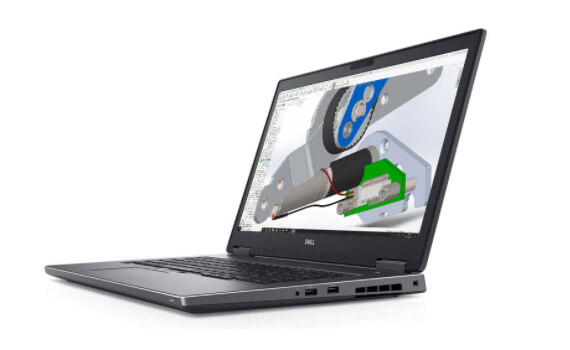
Laptop: Dell Precision 5570
Intel® Core™ Processor i7 12800H 2.2GHz (4.80 GHz Turbo)
Windows 11 Pro 64bit
NVIDIA Quadro A1000, 4GB
16GB, 2X8GB, DDR4 RAM
512GB M.2 SSD
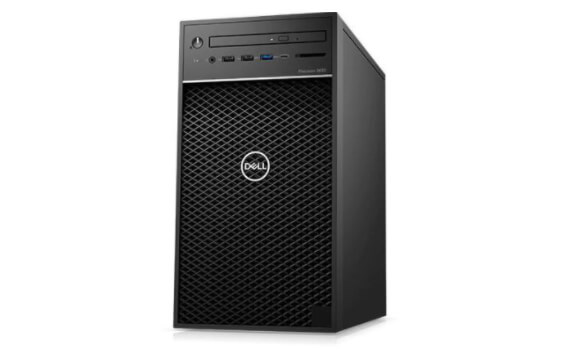
Desktop: Dell Precision 3660 Tower
Intel® Core™
Intel® Core™ i3-12100 3.30 GHz (4.30 GHz Turbo)
Windows 11 Pro 64bit
NVIDIA RTX A2000, 6GB
16GB, 2x8GB, DDR5 RAM
256GB PCIe NVMe™ Class 35 M.2 SSD
Our recommended mid-spec PCs for SOLIDWORKS
These machines will perform well with medium-sized datasets with no more than 2000 components. Perfect for general SOLIDWORKS use and some light rendering.
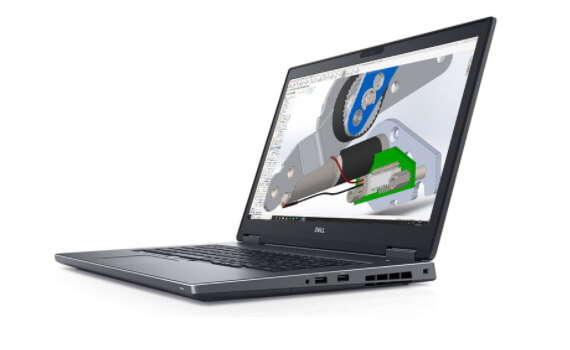
Intel® Xeon® W-11855M, vPro® 3.20 GHz (4.90 GHz Turbo)
Windows 11 Pro 64bit
NVIDIA RTX A3000 6GB GDDR6
32GB, 2x16GB, DDR4 3200Mhz RAM
M.2 256GB PCIe NVMe Class 35 SSD
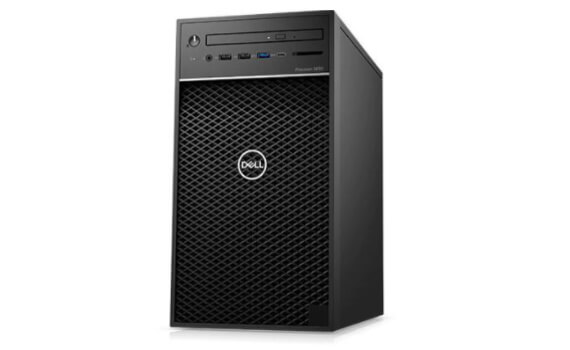
Intel® Core™ i9-10900X 3.5GHz (4.6GHz Turbo)
Windows 11 Pro 64bit
NVIDIA RTX A4000 16GB
32GB, 2x16GB, DDR4, 3200MHz
512GB M.2 SSD
If money’s no object and/or you’re looking for maximum performance, these machines will do it all: Rendering, large SOLIDWORKS assemblies and complicated simulations will all be handled with ease.
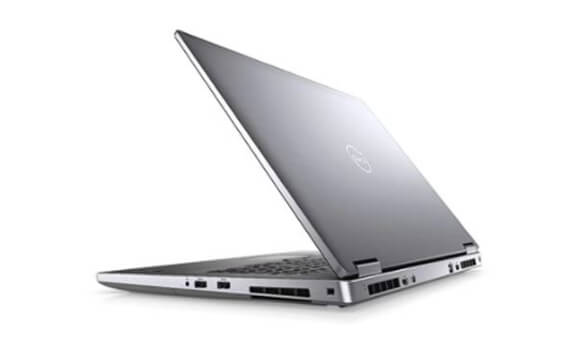
Laptop: Dell Precision 7770
Intel® Core™ i9-12950HX 2.30 GHz (5.00 GHz Turbo)
Windows 11 Pro 64bit
NVIDIA® RTX™ A5500, 16 GB GDDR6
64GB, 2X32GB, DDR5 4800Mhz ECC Memory
M.2 512GB PCIe NVMe SSD
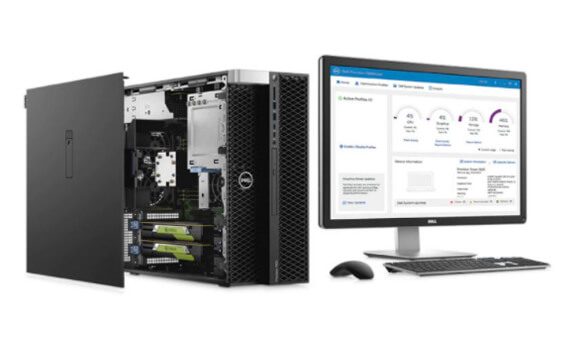
Desktop: Dell Precision 5820 X-Series Tower
Intel® Core™ i9-10980XE 3.0GHz, (4.6GHz Turbo)
Windows 11 Pro, 64bit
Nvidia RTX A6000, 8GB
256 GB (8 x 32 GB), DDR4, 3200 MHz RAM
2x 2TB M.2 SSD + 12 TB Serial ATA (SATA)
Would you like help choosing hardware for SOLIDWORKS?
Fill in the form or call us on (01223) 200690 for more information.
We hope you found our SOLIDWORKS system requirements article useful!
Have you seen our blog archive where we have posted plenty of helpful articles? We also have a fantastic video library filled with easy-to-follow videos on a number of topics inspired by other SOLIDWORKS users – take a look.
Also, don’t forget to follow us on twitter for daily bite size SOLIDWORKS tips, tricks and videos.


















